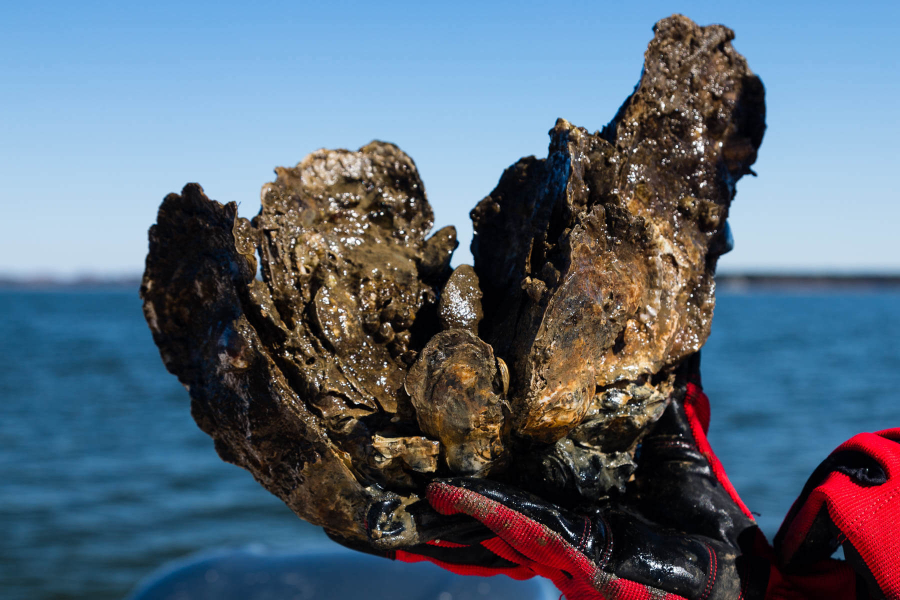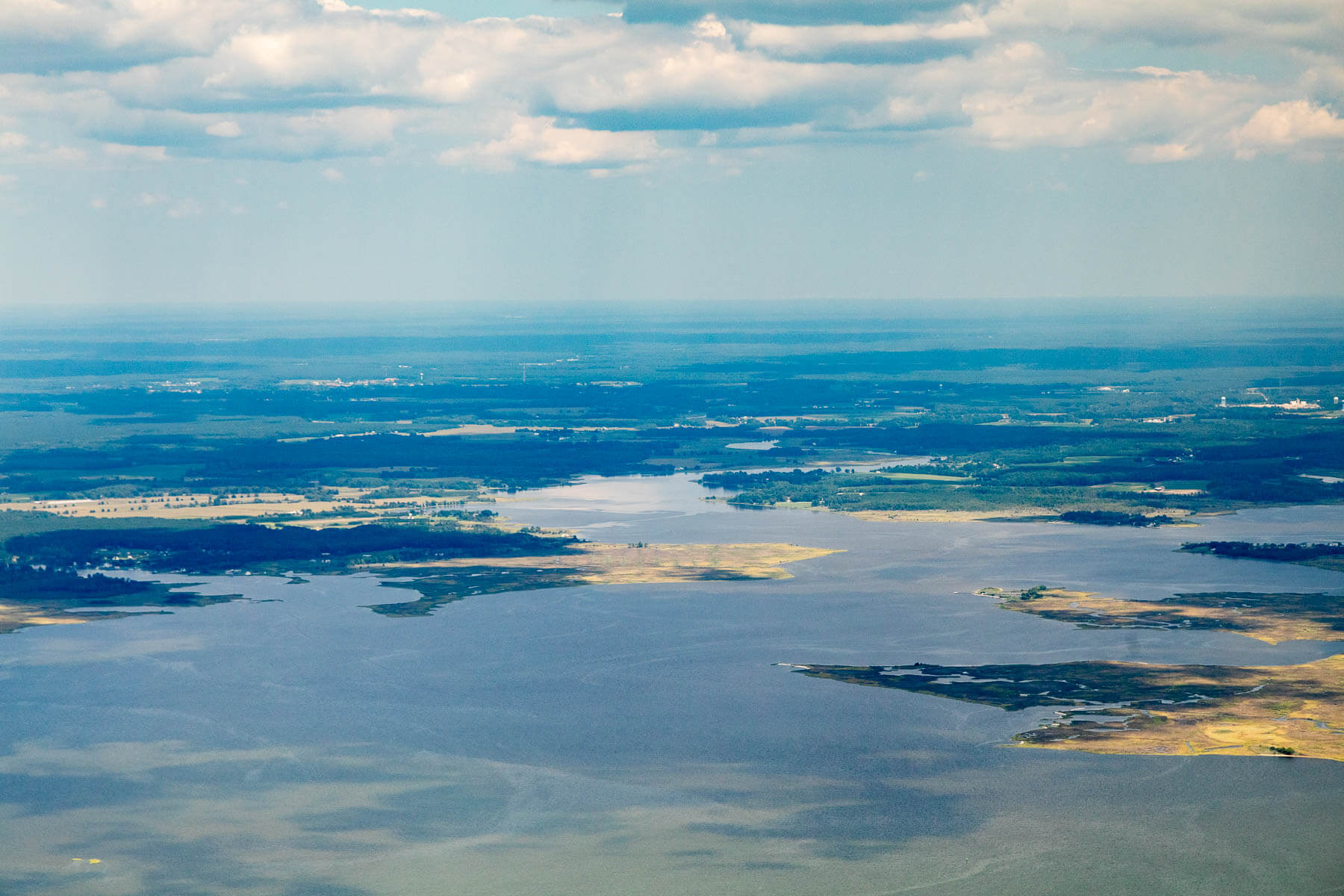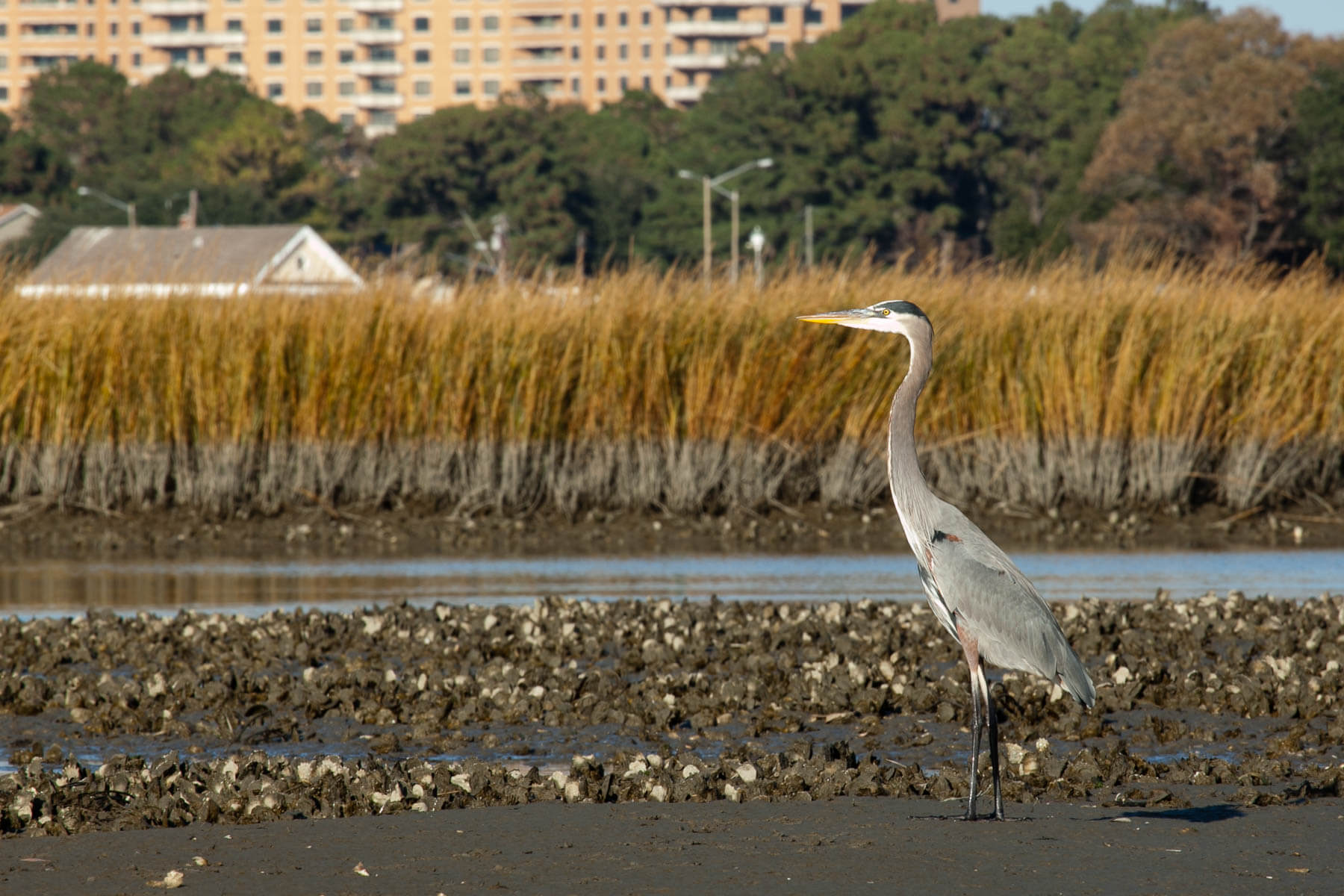Ten places where we’re restoring oyster populations
Maryland and Virginia will each be home to five oyster reefs

The eastern oyster is one of the most iconic species in the Chesapeake Bay. For more than a century, oysters have made up one of the region’s most valuable commercial fisheries, and the filter-feeder continues to clean our waters and offer food and habitat to other animals. But over-harvesting, disease and habitat loss have led to a severe drop in oyster populations.
In 2014, the Chesapeake Bay Program committed to restoring native oyster populations in 10 tributaries.
A lot of work with many different partners went into choosing these sites. Partners from state and federal agencies, nonprofit organizations and academic institutions reviewed surveys of the riverbed, oyster population counts and historical oyster bed locations. They also looked at water quality data, such as dissolved oxygen, temperature and salinity, to determine where there is suitable habitat for oysters. Salinity plays a particularly large role in determining how to manage an oyster reef: oysters spawn more successfully in higher salinities but are also more prone to disease.
Learn more about the waterways we chose.

Maryland
The Chesapeake Bay Program selected five tributaries in Maryland for large-scale oyster restoration: Harris Creek, Little Choptank River, Manokin River, Tred Avon River and upper St. Mary’s River.
- Harris Creek: Harris Creek is a tributary of the Choptank River, located on Maryland’s Eastern Shore near Tilghman Island. Roughly 350 acres received two billion oysters, making Harris Creek the largest oyster restoration project in the United States. Harris Creek, along with the Little Choptank and Tred Avon rivers, are the three main tributaries in the Choptank River complex.
- Little Choptank River: The Little Choptank River flows just north of Blackwater Wildlife Refuge on Maryland’s Eastern Shore. It was chosen for restoration based on its favorable water quality for oysters, a large area that could be restored and a history of oysters living and reproducing there.
- Manokin River: Situated off Tangier Sound along Maryland’s Eastern Shore, the Manokin River spans more than 16,000 acres and has been an oyster sanctuary since 2010. It was the tenth and final tributary to be chosen for restoration under the Chesapeake Bay Watershed Agreement.
- Tred Avon River: Originally called “Third Haven,” the Tred Avon River is the third and final major tributary in the Choptank River complex. It flows on the Eastern Shore from Easton to Oxford. The river was established as an oyster sanctuary in 2010 and restoration began in 2015.
- Upper St. Mary's River: St. Mary’s River is a tributary of the Potomac River, meeting the river where it empties into the Chesapeake Bay. It is the only tributary on Maryland’s Western Shore targeted for large-scale oyster reef restoration. St. Mary’s River lies in the county of the same name, and nearly half of the St. Mary’s County population (about 46,000 people) live within the river’s watershed.

Virginia
The five rivers chosen for oyster restoration in Virginia are the Great Wicomico, Lafayette, Lower York, Lynnhaven and Piankatank rivers.
- Great Wicomico River: The Great Wicomico River sits on Virginia’s Northern Neck, beginning at Bush Mill Stream Natural Area Preserve and emptying into the Chesapeake past Ingram Bay. Due to past restoration work, 61 acres of reefs in this tributary are already considered restored. The mouth of the river was home to a screwpile lighthouse from 1889 to 1967.
- Lafayette River: The Lafayette is a tributary of the Elizabeth River that is completely contained by the City of Norfolk. Issues with bacteria shuttered the local oyster industry in the 1930s, plaguing the river with unhealthy waters for decades. A dramatic restoration is now bringing back wildlife habitat, protecting shorelines from erosion and helping the river become safe by meeting standards for recreational contact set by the Virginia Department of Environmental Quality.
- Lower York River: The Pamunkey and Mattaponi rivers empty at West Point, Virginia, into the York River, which flows southwest past Yorktown and Gloucester Point and into the Chesapeake Bay. The river provides important spawning habitat for anadromous fish—fish that are born in freshwater but move to salt water as adults—like American shad, Atlantic sturgeon and striped bass. In 2017, the lower portion of the York River was chosen for restoration.
- Lynnhaven River: Located just miles from where the Chesapeake Bay meets the Atlantic Ocean, the Lynnhaven River tells a story of hope. Condemned for shellfish harvesting in 2006 due to high bacteria levels, the river has improved greatly over the years thanks to the work of local groups and efforts to reduce bacteria levels, such as designating the region as a No Discharge Zone, meaning boaters are banned from discharging holding tanks into the river. Along with the restored oyster reefs, the river is home to several aquaculture farms.
- Piankatank River: The Piankatank River flows between Deltaville and Gwynne Island. It was chosen for oyster restoration due to previous scientific and restoration work on the river, its history of strong oyster reproduction and strong interest from local watershed groups.
Track our progress toward completing our oyster restoration goal.

Comments
I would like information on where I can obtain oyster beds to put in the chop tank river and improve the quality of the water. I live on the chotank river any information would be most appreciated thank you for your time
SAVE THE OYSTERS!!!!
Hi Tom, you can learn more about the 10 oyster restoration sites that were chosen here: https://www.chesapeakebay.net/news/blog/all_ten_tributaries_chosen_for_oyster_restoration_efforts#
Why not place a oyster farm in the back river ? Seems like a great place to have one given the sanitation plant just up stream.....win/win?
Capt Robert, Did you say these nonprofits are making money off the oyster restoration programs ? You better believe it people. Lots of money. They have been doing it for 40 years.
In the article you mentioned partners of the state, federal government a nonprofit organizations we're involved in the decision-making for these 10 areas to be restored. I think you forgot to mention the Waterman were involved in this process too. Who knows the area where the oysters need to grow better than the Waterman. Certainly not other groups that are making a profit off of the use of taxpayers money to facilitate the oyster population. Don't forget one important factor, the oyster industry was promised that there would be a great influx of seed and spat into the adjacent areas from these so-called productive sanctuaries. We're going on nine years, and still holding our breath. Perfect example, the fall survey States that Broad Creek which is not a sanctuary has a better spat count and production level then Harris Creek. Maybe you should do an article explaining this Factor.
Thank you!
Your comment has been received. Before it can be published, the comment will be reviewed by our team to ensure it adheres with our rules of engagement.
Back to recent stories